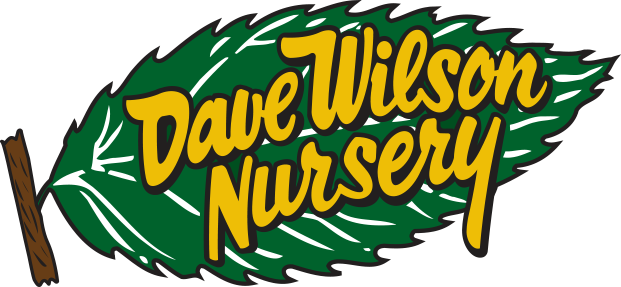Get in touch with us
Contact Dave Wilson
We sell our products to retail nurseries, garden centers, container growers who sell to landscape contractors and retail nurseries, mail order nurseries, and anyone else who qualifies. We do not accept direct sales to consumers.
Call:(800) 654-5854
